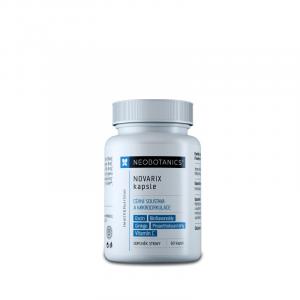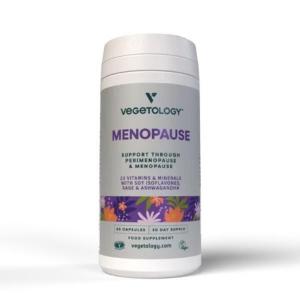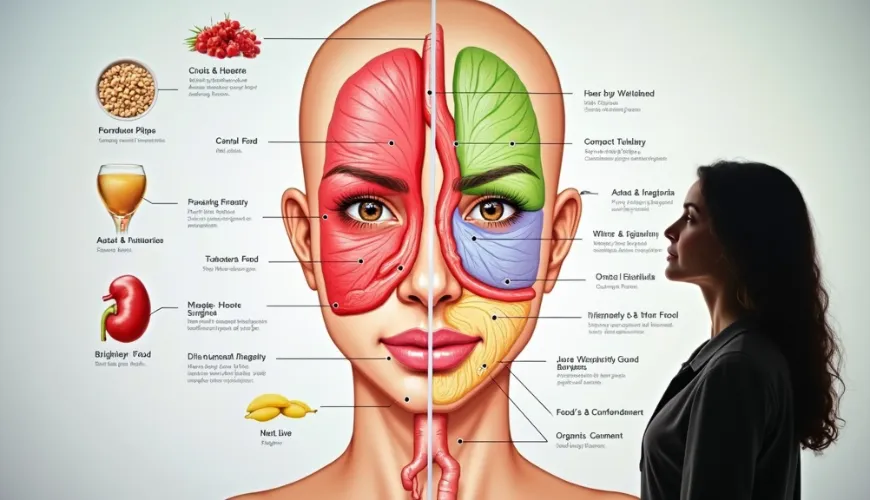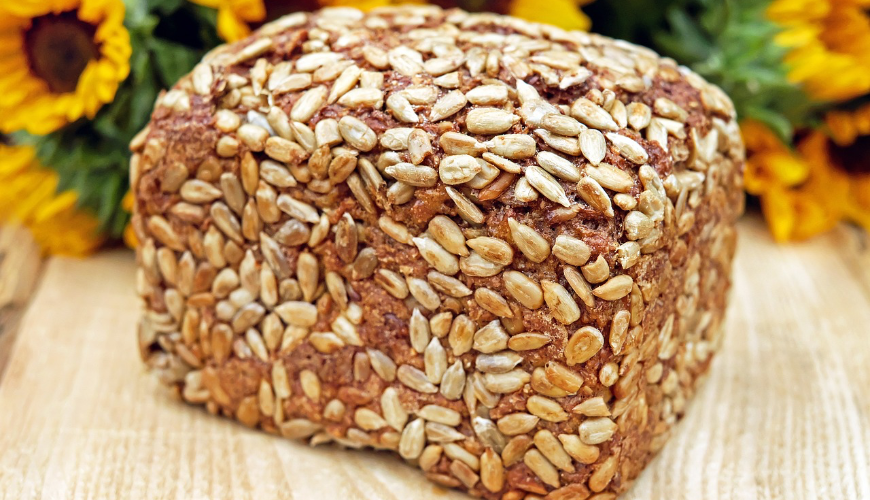
What do vertical ridges on your nails mean?

What Vertical Ridges on Nails May Indicate
Nails are not only an aesthetic feature but also a mirror of our health status. Various changes in nails, including vertical ridges, can reveal much about our physical and mental health. Vertical ridges on nails are one of the most common phenomena that can raise questions and concerns. In this article, we will explore what these ridges mean, what their causes might be, and how we should care for our nails to restore their healthy appearance.
What Are Vertical Ridges on Nails?
Vertical ridges on nails, also known as vertical lines or ridging, are thin, longitudinal lines that stretch from the nail root towards the tip. They can be subtle and barely visible or more pronounced, which can be alarming at first glance. These ridges can appear on one or more nails, and their presence can be constant or change depending on various factors.
Vertical ridges on nails are often considered a natural part of aging. As we age, nail growth slows down, which can lead to changes in their structure, including the formation of these ridges. This process is similar to wrinkles on the skin that appear with advancing age.
Try our natural products
Deeper Causes of Vertical Ridges on Nails
While vertical ridges on nails can often be a harmless manifestation of aging, they can sometimes signal something more. Nails are sensitive to changes in nutrition, hydration, and overall health condition.
One common cause of vertical ridges on nails is a deficiency of key vitamins and minerals, such as iron, zinc, or vitamin B. These nutrients are essential for healthy nail growth, and their deficiency can lead to the weakening of the nail matrix — the tissue from which the nail grows. This can cause growth and appearance disorders of nails, including the formation of vertical ridges.
Dehydration affects not only our skin and internal organs but also our nails. When the body lacks enough water, nails can become brittle and dry, leading to the formation of ridges. Besides insufficient fluid intake, external factors such as frequent hand washing or exposure to chemicals can contribute to nail dehydration.
Some chronic health conditions, such as autoimmune diseases, digestive problems, or hormonal imbalance, can also affect the state of our nails. Vertical ridges on nails can be one of the symptoms of these issues. For instance, people with rheumatoid arthritis or psoriasis often experience changes in their nails, including ridging.
Psychological stress and stress can have many negative effects on the body, including influencing the growth and quality of nails. Stress can slow down nail growth and cause weakening, which can lead to the formation of vertical ridges. Long-term stress can also worsen overall health, which is often reflected in the nails.
How to Care for Nails with Vertical Ridges
Proper nail care is crucial for preventing and alleviating vertical ridges. The following tips will help you keep your nails healthy and minimize the occurrence of these ridges.
Hydration is the foundation of healthy nails. Regular use of moisturizing creams and oils will help keep your nails flexible and healthy. Focus especially on the cuticle area, where the nail grows. Besides external hydration, maintaining adequate fluid intake is important. Water supports not only nail health but also the overall functioning of the body.
A diet rich in vitamins and minerals is essential for healthy nail growth. Include foods in your diet that contain iron, zinc, B vitamins, and biotin. These include eggs, nuts, spinach, legumes, and whole-grain products. If you suspect a deficiency of any of these nutrients, you might consider dietary supplements after consulting with a doctor.
Try our natural products
Regular nail care is important for maintaining their health. Trimming and filing nails help prevent splitting and breaking. When filing nails, avoid metal files that can damage nails, and instead opt for gentler ones, such as glass files. Also, limit the use of aggressive nail polishes and removers, which can dry out and weaken nails.
Nails are exposed daily to various external influences that can negatively affect their health. Frequent hand washing, exposure to chemicals, or working with harsh cleaning agents can weaken nails. Therefore, use protective gloves during household chores and apply moisturizing cream after every hand wash.
When to Seek Professional Help?
Although vertical ridges on nails are often harmless, they can sometimes be a sign of a more serious health issue. If you notice that the ridges on your nails appear suddenly or worsen significantly, it is important to seek professional help. You should also consult a doctor if the ridges are accompanied by other symptoms, such as nail discoloration, brittleness, or if you experience pain.
A dermatologist or nail specialist can conduct a thorough examination to determine whether the issue is caused by external factors or is a manifestation of an internal disease. Timely diagnosis can prevent complications and help restore your nails to their original healthy state.
Vertical ridges on nails are a common phenomenon that can have many different causes. Whether they are caused by natural aging, nutrient deficiency, dehydration, or chronic illness, it is important to pay attention to them. Proper nail care, a balanced diet, and adequate hydration are key to maintaining healthy and beautiful nails. If you are unsure what is causing changes in your nails, do not hesitate to seek professional help to prevent possible health complications.










